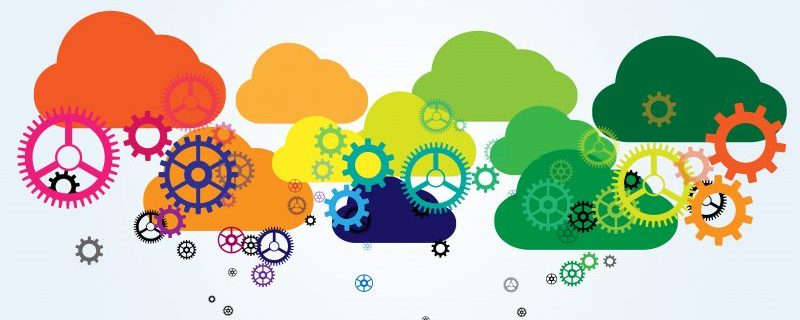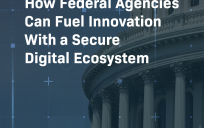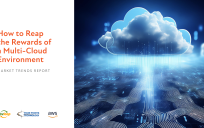This interview is an excerpt from our recent guide, Top Challenges & Solutions From State and Local Governments, which examines 16 case study examples transforming the way government safeguards information and technology.
For the fourth year in a row, the state of California is suffering from record draughts. In March, Governor Jerry Brown unveiled a $1 billion plan to aid communities most affected by the drought. While the aid will go a long way to help beleaguered farmers, it will also stretch a state budget that’s already thin.
One of the organizations tasked with monitoring the draught is California’s Natural Resource Agency (CNRA). CNRA depends on real-time data access to make informed decisions and respond quickly to disasters. Seven years ago the agency decided to place their IT services under one umbrella and cut costs by using NetApp’s private cloud solution for shared services and information. Since then, CNRA has become a model of services in government (read more about that here).
GovLoop sat down with NetApp’s Chip George, Senior Director of Sales for State and Local Government and Education, to learn how moving to the cloud impacted California’s bottom line and how those same solutions could be used by others.
“CNRA chose a private cloud approach that gives them the unique ability to provide multitenant services across various tiers in storage,” said George. Since 2008, the agency has seen a 300 percent increase in data storage capacity by migrating to the cloud.
It is clear that the cloud is an efficient way to obtain IT services for state and local governments because of its potential for low-cost entry and quick turnaround.
However, many agencies are still concerned about security. “The conversation about cloud is not complete without a discussion of the security concerns and what level of control is needed,” said George. “Cloud providers have government-only offerings that satisfy some agencies’ security concerns, but other agencies will use the cloud only for processing and networking while the data itself sits on a storage system and at a site that they own and control.”
NetApp recognizes these security concerns and often advises security conscious departments to leverage a common set of data services that spans a choice of on-premises and cloud resources. They can seamlessly manage, move, and protect their data so that it’s available whenever and wherever they need it. This gives them the freedom to innovate without risk or constraint. Additionally, encryption can be done with NetApp at the disk subsystem layer, or with third-party encryption solutions – whatever a Chief Security Officer deems appropriate. “Encryption can also be done with third party providers that provide software level encryption of different qualities of data,” added George.
One of the ways agencies are turning to the cloud while keeping regulations and security concerns top of mind is the hybrid cloud approach. A little background is useful to help explain the rise of the hybrid cloud. “State and local governments, like their industry counterparts, built pieces of the datacenter as the amount of data continued to grow. This method resulted in tiers of infrastructure both at the processing and storage level,” explained George. “Each tier has different equipment that delivers different services. Consolidating those disparate workloads onto an easier to manage standardized IT infrastructure is a challenge because of the varying requirements.”
Enter the hybrid cloud approach. It’s a combination of on and off-premise datacenter solutions. In a hybrid cloud environment, agencies use a public cloud provider for a specific government cloud offering like unclassified email or other standard services. In addition, agencies use an owned on-premise solution, whether a true private cloud offering or in a traditional data center approach for data that is either sensitive or heavily used.
“The key to the hybrid approach is that your workloads will not be static,” said George. “Workloads will be offered only on-premise at some points and then later moved to a public cloud. This movement, and controlling it, is the core of the unique offering NetApp provides.”
The ability to manage and move data around the different environments is particularly attractive to state and local governments “The best cloud services allow IT staff to get all of the utility out of the data while being able to control it,” said George. “What agencies don’t want are multiple methods to control their data. They don’t want their IT staff cut out of the process. They want total control of their data, and they want an exit strategy if even part of that cloud approach isn’t working.”





The drought could be diminished even in dry years if Southern California, south of the LA, San Gabriel, San Bernardino mountain range would have off stream reservoirs. Some could be made from abandon sand and gravel pits which lie next to or in large water sheds. Could double as recreation areas. Others could be built and partitioned off as 20, 50 and 100 year flood basins. these could also be leased for farming where applicable. CA also has a problem with businesses leaving the state, our fuel taxes are the highest in the country and looks like another ten cents will be added soon. Giving back to the working persons of the state is very important weather by good customer service or by sound improvements.